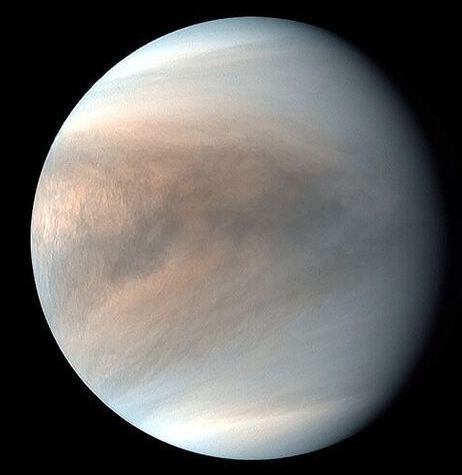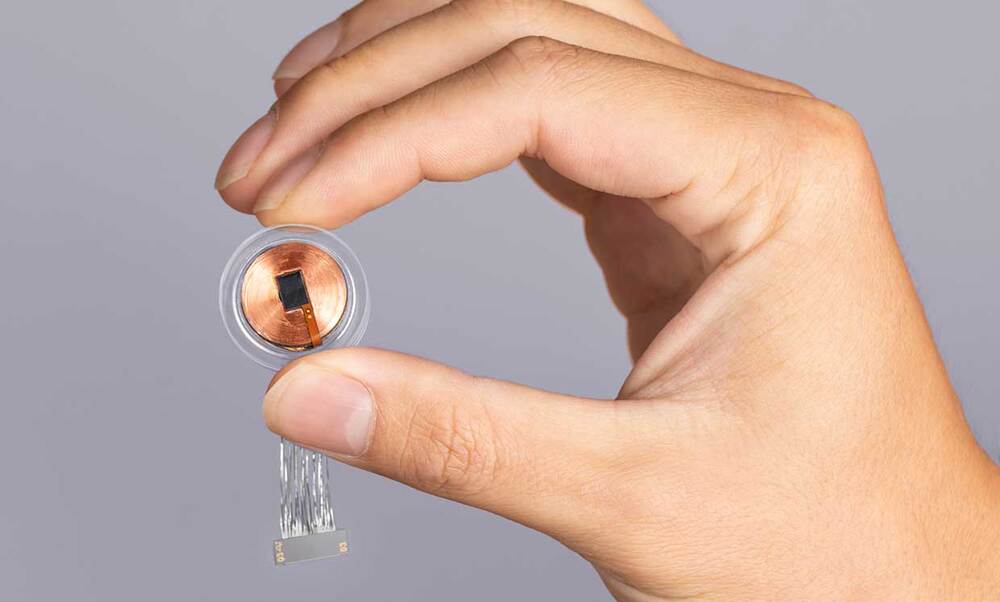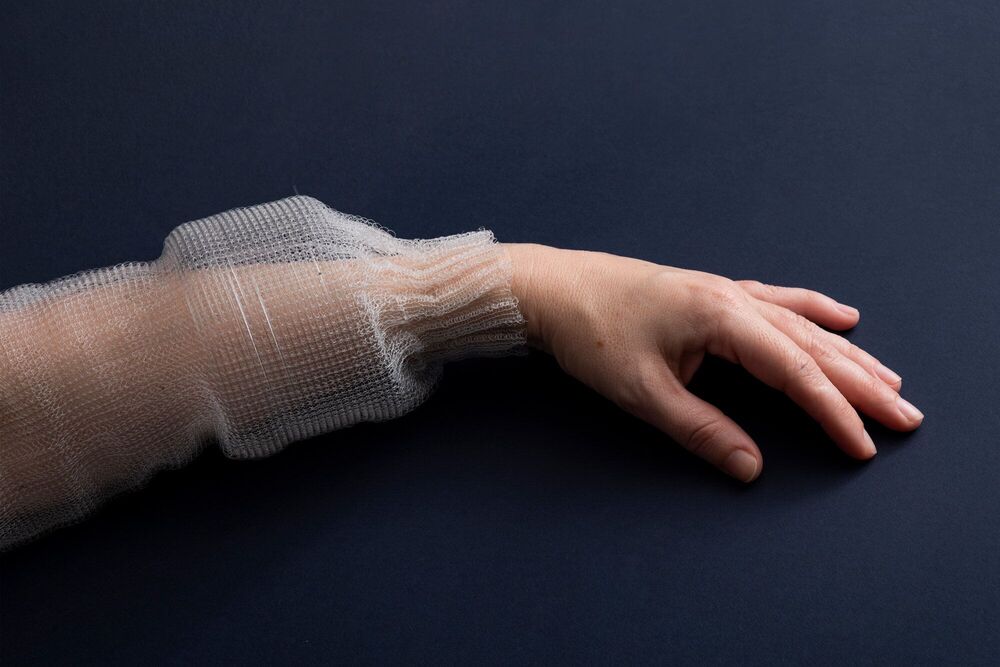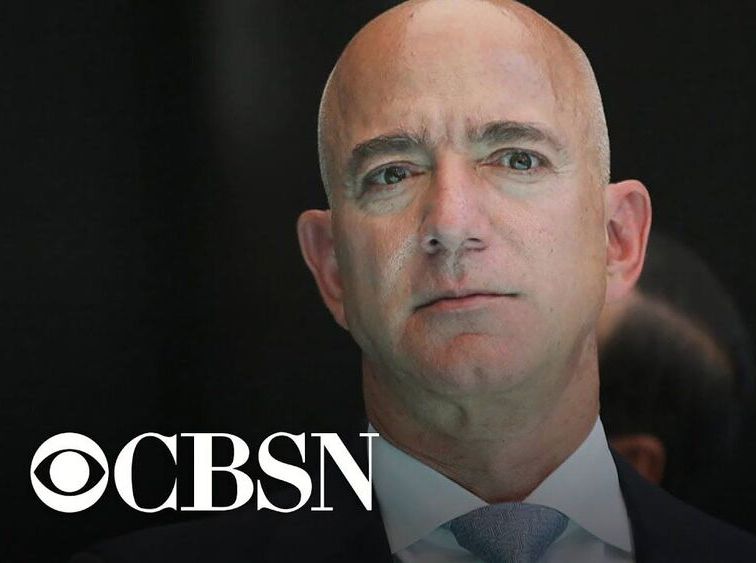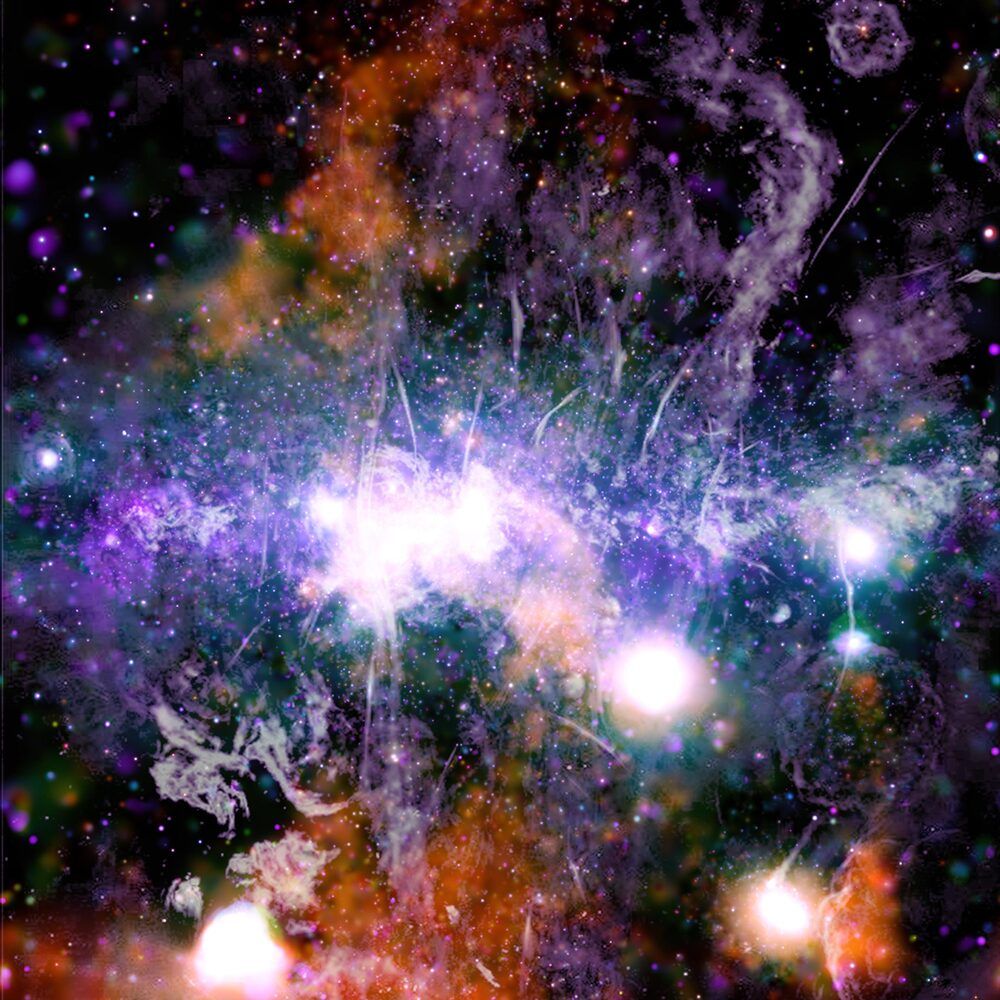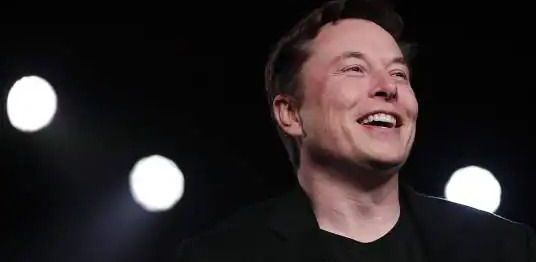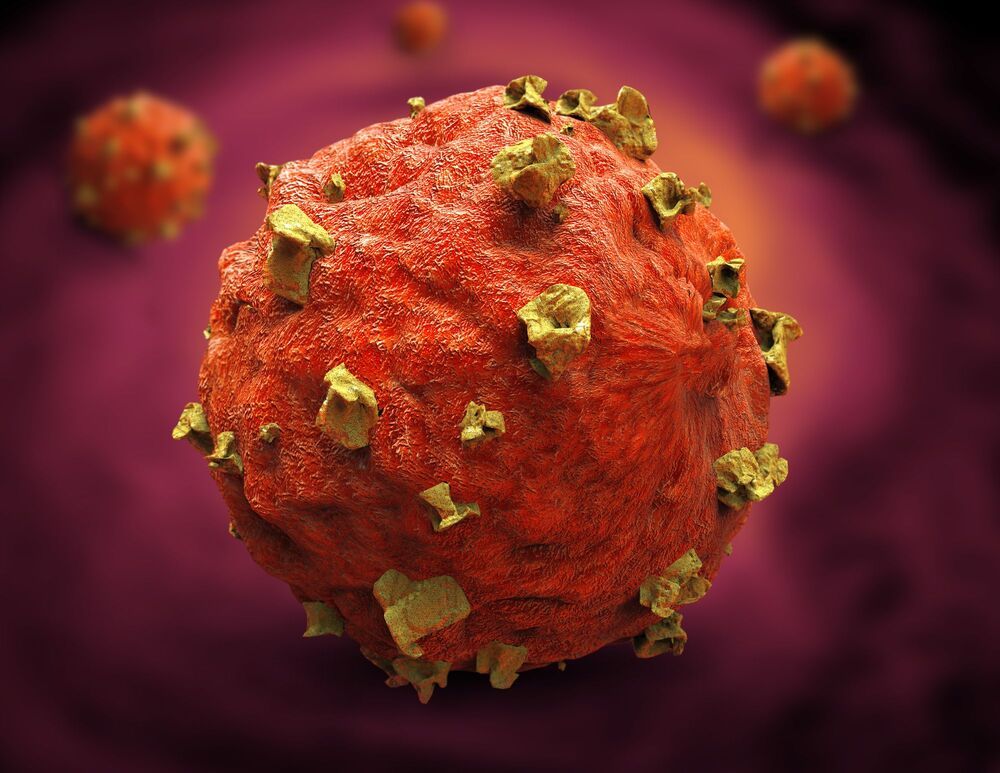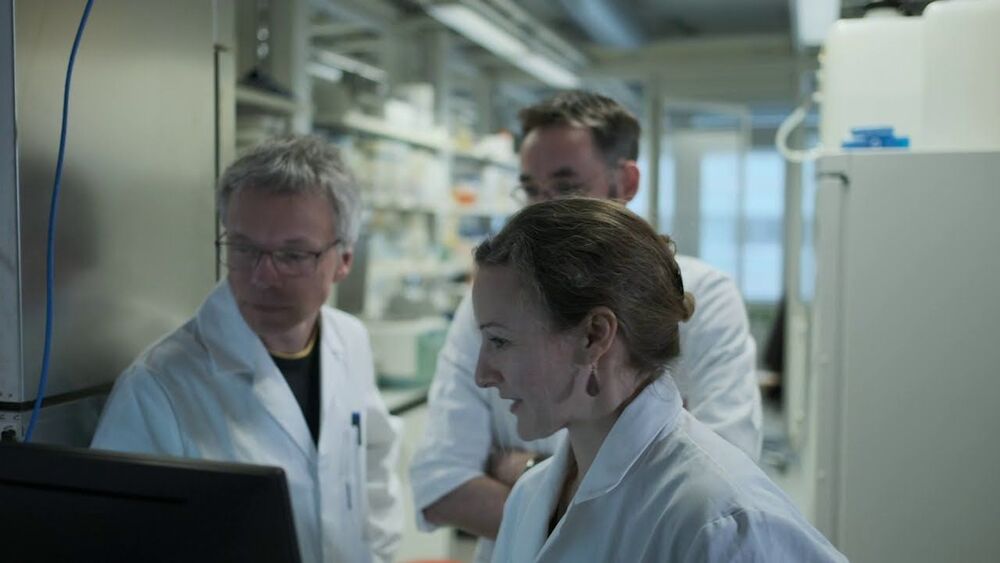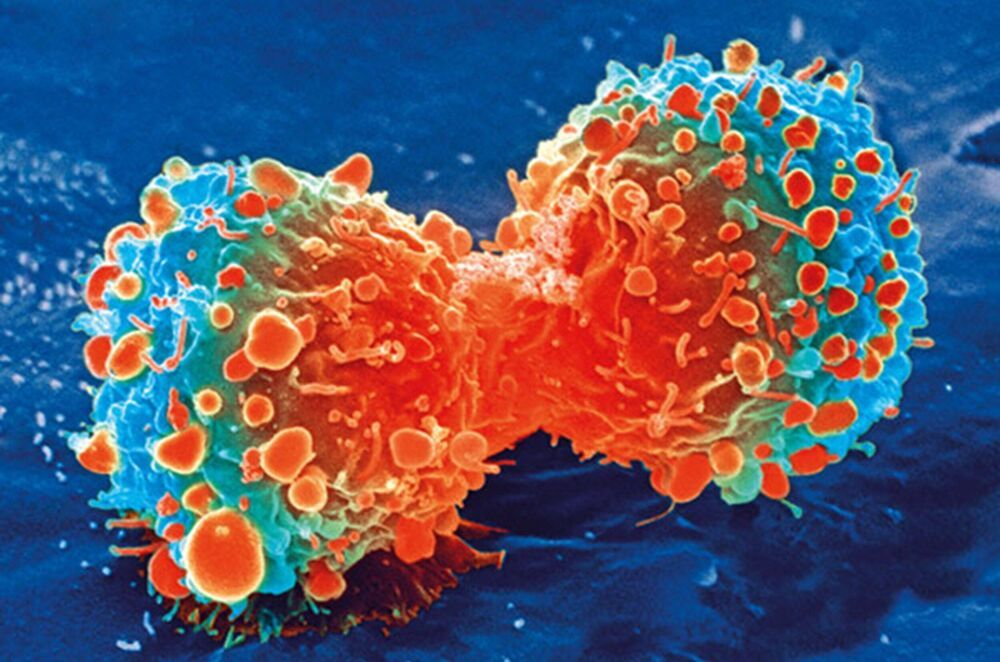One of the spacecraft will probe the hellish planet’s clouds, which could potentially help settle the debate over whether they are habitable by floating microbes.
PROCEEDINGS OF THE ROYAL SOCIETY • JUN 3, 2021
Culture drives human evolution more than genetics
I wonder about the thought that only humans do this, and perhaps that somehow culture is separate in some way from biological evolution enmeshed with the rest of the planet?
by University of Maine
Culture is an under-appreciated factor in human evolution, Waring says. Like genes, culture helps people adjust to their environment and meet the challenges of survival and reproduction. Culture, however, does so more effectively than genes because the transfer of knowledge is faster and more flexible than the inheritance of genes, according to Waring and Wood.
Waring and Wood say culture is also special in one important way: it is strongly group-oriented. Factors like conformity, social identity and shared norms and institutions—factors that have no genetic equivalent—make cultural evolution very group-oriented, according to researchers. Therefore, competition between culturally organized groups propels adaptations such as new cooperative norms and social systems that help groups survive better together.
According to researchers, “culturally organized groups appear to solve adaptive problems more readily than individuals, through the compounding value of social learning and cultural transmission in groups.” Cultural adaptations may also occur faster in larger groups than in small ones.
With groups primarily driving culture and culture now fueling human evolution more than genetics, Waring and Wood found that evolution itself has become more group-oriented.
“In the very long term, we suggest that humans are evolving from individual genetic organisms to cultural groups which function as superorganisms, similar to ant colonies and beehives,” Waring says. “The ‘society as organism’ metaphor is not so metaphorical after all.
In a recent interview, Elon Musk stated that the human language could possibly end within five to ten years. The CEO of Neuralink went to talk with Joe Rogan, implying that with the innovation of the brain chip the company is currently developing, humans won’t have to speak anymore using traditional languages.
Neuralink develops a chip that will soon be able to attach to the human brain. The chip’s invention aimed to communicate faster and conveniently. Through a single universal language, Elon Musk believes that the way we talk today will soon improve. The brain chip is expected to be completed to be developed within a few years, and by then, our communication could possibly evolve.
Elon Musk stated that the Neuralink chip’s success may take a while, but it should take five to ten years if the development will accelerate. He also added that the progress of the brain chip is on track, but with only to focus on their current objective, which is to help people minimize and prevent brain injuries, Express reported.
Elon Musk’s Brain Chip Completion on Progress, Initial Batch Will Solve Brain Injuries
The brain chip’s power was already displayed in a 2019 long-stream video by Neuralink. In the video published on the YouTube channel Monkey MindPong, a monkey with an active chip on its brain was shown playing a video game that is similar to a table tennis match. The astounding display of the monkey’s brain reaction toward the game left experts in awe.
MIT researchers have created the first fiber with digital capabilities, able to sense, store, analyze, and infer activity after being sewn into a shirt.
Amazon founder Jeff Bezos is officially stepping down from his role as the company’s CEO on July 5. CBSN tech reporter Dan Patterson joins CBSN to discuss the billionaire’s impact on the U.S. economy, politics and more.
CBSN is CBS News’ 24/7 digital streaming news service featuring live, anchored coverage available for free across all platforms. Launched in November 2014, the service is a premier destination for breaking news and original storytelling from the deep bench of CBS News correspondents and reporters. CBSN features the top stories of the day as well as deep dives into key issues facing the nation and the world. CBSN has also expanded to launch local news streaming services in major markets across the country. CBSN is currently available on CBSNews.com and the CBS News app across more than 20 platforms, as well as the Paramount+ subscription service.
Watch CBSN live: http://cbsn.ws/1PlLpZ7c
Download the CBS News app: http://cbsn.ws/1Xb1WC8
Follow CBS News on Instagram: https://www.instagram.com/cbsnews/
Like CBS News on Facebook: http://facebook.com/cbsnews
Follow CBS News on Twitter: http://twitter.com/cbsnews
Try Paramount+ free: https://bit.ly/2OiW1kZ
For video licensing inquiries, contact: [email protected]
New image made using NASA ’s Chandra X-Ray Observatory hints at previously unknown interstellar energy source at the Milky Way center.
New research by University of Massachusetts Amherst astronomer Daniel Wang reveals, with unprecedented clarity, details of violent phenomena in the center of our galaxy. The images, published recently in Monthly Notices of the Royal Astronomical Society, document an X-ray thread, G0.17–0.41, which hints at a previously unknown interstellar mechanism that may govern the energy flow and potentially the evolution of the Milky Way.
“The galaxy is like an ecosystem,” says Wang, a professor in UMass Amherst’s astronomy department, whose findings are a result of more than two decades of research. “We know the centers of galaxies are where the action is and play an enormous role in their evolution.” And yet, whatever has happened in the center of our own galaxy is hard to study, despite its relative proximity to Earth, because, as Wang explains, it is obscured by a dense fog of gas and dust. Researchers simply can’t see the center, even with an instrument as powerful as the famous Hubble Space Telescope. Wang, however, has used a different telescope, NASA’s Chandra X-Ray Observatory, which “sees” X-rays, rather than the rays of visible light that we perceive with our own eyes. These X-rays are capable of penetrating the obscuring fog — and the results are stunning.
The applications are for trademarks for the company’s ‘T’ logo design “and two other iterations of ‘Tesla’ stylised logo for use in the food industry”, the report said.
Moneycontrol could not independently verify the report.
As per the report, the three applications are for “restaurant services, pop-up restaurant services, self-service restaurant services, take-out restaurant services” and are filed under a trademark law provision indicating that Tesla intends to use, but has not done so yet.
This in turn led the team to an FDA-approved drug called Sirturo, which is used to treat tuberculosis and works by targeting this process in bacteria. In vivo animal experiments showed that the drug could target the fuel supply of these ultra-fit cancer cells and selectively create a “power failure” in them, while leaving healthy cells unharmed. This blocked 85 percent of metastasis in the animal experiments.
Leveraging a newfound ability to identify the “fittest” metastatic cancer cells, scientists at the UK’s University of Salford have discovered that an already approved drug can be deployed to cut off their fuel supply, while leaving normal healthy cells unharmed.
Metastatic cancer cells are dangerous, fast-moving cells cancer cells that have spread away from the primary site to other parts of the body where they can give rise to new tumors. These cells have often already survived chemotherapy and radiation treatments which makes tackling them difficult, though scientists continue to learn more about their behavior and how they might be targeted for better outcomes.
Research has shown that part of the reason these cells are able to resist treatments and spread throughout the body is because they are the fittest cancer cells, and therefore require relatively large amounts of energy. Building on this, the University of Salford scientists used an advanced biosensor to measure energy-carrying molecules in cells called ATP which, for the first time, enabled them to identify which of these cells are the “fittest.”
The team says that the technique could be used to develop new vaccines against antibiotic-resistant bacteria, and potentially even wipe out some dangerous strains in a similar way to how smallpox was eradicated.
Pathogens like bacteria and viruses are extremely good at evolving in response to drugs, which can render vaccines ineffective. But now, researchers at ETH Zurich have found a way to weaponize that ability against them, forcing the bugs down harmless evolutionary dead ends.
Microbes are living examples of evolution in action. Darwin’s classic theory says that when lifeforms are exposed to pressures from their environment, some of them will develop new genetic mutations that help them cope better. Since other individuals will be at a disadvantage, the mutations will eventually become the norm throughout a population.
In the world of bacteria and viruses, drugs and vaccines are the environmental pressures that they must overcome. And they do it with frustrating ease, quickly finding ways around the attacks and then swapping those genes like trading cards. The end result is the constant looming threat of antibiotic-resistant “superbugs” that render our best drugs ineffective.
The published results indicate several possible methods of preventing metastasis: immunotherapy based on interleukin-15, which increases the number of natural killer cells in the tissue; interferon gamma therapy, which maintains the dormant state of the cancer cells; and inhibitors of the mechanism through which the hepatic stellate cells paralyze the natural killer cells. Appropriate therapies already exist for all these approaches, but they still need to be clinically tested.
Metastases can develop in the body even years after apparently successful cancer treatment. They originate from cancer cells that migrated from the original tumor to other organs, and which can lie there inactive for a considerable time. Researchers have now discovered how these “sleeping cells” are kept dormant and how they wake up and form fatal metastases. They have reported their findings in the journal Nature.
A tumor can leave behind an ominous legacy in the body: cancer cells can migrate from the tumor to other tissues in the body, where they survive after treatment in a kind of hibernation called dormancy. Currently, cancer medicine relies on monitoring cancer patients after their initial treatment in order to detect the awakening of these cells to form metastases. One of the biggest questions in cancer research is what exactly causes this transition.
“This dormancy period offers an important therapeutic window in which the number of cancer cells and their heterogeneity are still manageable,” says Professor Mohamed Bentires-Alj, group leader at the Department of Biomedicine at the University of Basel and University Hospital Basel. “Understanding the cellular and molecular mechanisms underlying tumor dormancy is therefore crucial to preventing the recurrence of cancer.” His team has made an important step in this direction.
